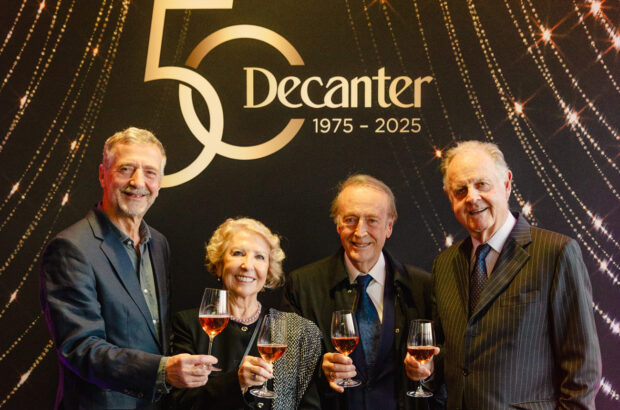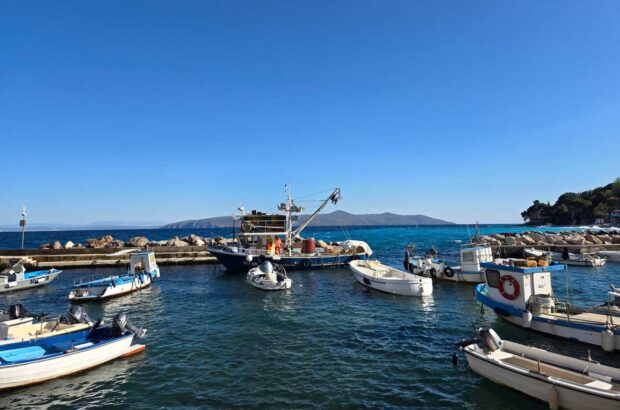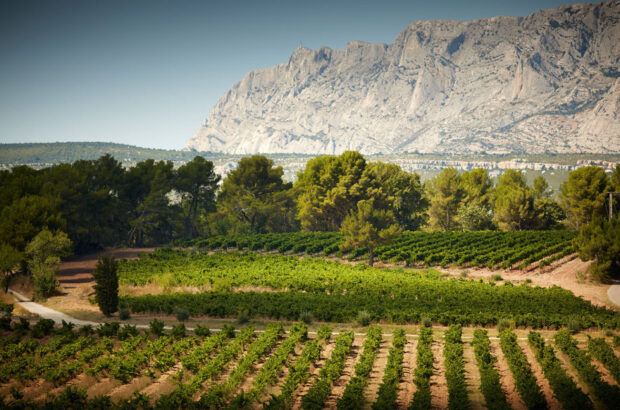drink now
Pleasant wines for early drinking
Weather Conditions
Winter rains broke the drought and restored nutritional balance to the badly depleted soils. A few more raindrops fell during May’s bloom period leading to a reduced set and eventually to a smaller than normal crop. The growing season alternated between cool spells and heat spikes, but ripening was behind schedule until a few late-August heat waves sent sugar levels soaring. Although some producers delayed, most others panicked and picked long before mid-September cooling arrived. Those who waited were rewarded. For most Cabernet and Merlot, this pattern resulted in numerous selective harvests. As a rule, Cabernet quality varies all over the board. Some wines are too tannic; others lack ripe fruit. For Merlot, the heat wave reduced the crop considerably and the rains in September discouraged fruit maturity and occasionally led to unwanted botrytis.
Best Appellations
This was one of those vintages in which Napa and Sonoma come out in a dead heat. Each area yielded a reasonably number of one-star Cabernets, but each was hard pressed when it came to Cabernets of two stars or higher. This was also the vintage in which a high percentage of phylloxera-diseased vines remained part of the mix. Immediately after the harvest, bulldozers began their task of systematically removing diseased vines, a process that was to continue over the next three years. For Merlot Sonoma continued to impress and continued to distance itself as the front-runner.
Best Producers
Ferrari Carano, Arrowood, St. Francis, Clos du Bois, Duckhorn (Howell Mountain), Havens Reserve, Rabbit Ridge, Matanzas Creek.







